Growers have many variables to consider when selecting seed treatments. Seed treatments address many problems and there are several different products to choose from. Understanding the benefits of seed treatments is the first step to making the best decision for your corn crop.
Q: What are the benefits of using seed treatments for corn?
A: Using seed treatments has become increasingly popular in commercial agriculture. Seed treatments have proven to be a convenient method to battle early-season insects and diseases as well as promote early-season plant growth. Having stronger seeds means that more seeds produce a corn plant. Establishing a healthy stand can help improve yield and grain quality.
Q: What types of corn seed treatments are available?
A: Different seed treatments are used alone or in combination to address or prevent several pests, diseases, and nutrient deficiencies and to enhance plant growth. These treatments include insecticides, fungicides, nematicides, and plant growth regulators.
Q: Why are growers embracing seed treatments?
A: Seed treatments provide:
Improved seedling emergence and plant health, especially in no-till or conservation tillage management.
Viable alternative to foliar and soil applications of pesticides.
Protection against some above- and below-ground pests including some that introduce fungal, bacterial, and viral diseases.
Reduction in or elimination of the number of insecticide foliar sprays due to targeted protection against insect pests.
Higher crop yields and reduction in the use of natural resources, energy, money, and labor.
A more efficient use of pesticides and other chemicals.
Q: Which insect pests can be controlled with insecticidal seed treatments?
A: An example of insects than can be controlled with a seed treatment such as Acceleron® Seed Applied Solutions with either the 500 or 1250 level of Poncho®/VOTiVO® are:
White grub (Figure 1)
Wireworm (Figure 2)
Seedcorn maggot (Figure 3)
Southern green stink bug
Southern corn rootworm
Sugar cane beetle
Chinch bug
Southern corn leaf beetle
Corn leaf beetle
Thrips
 Figure 1. White Grub. Photo courtesy of Alton N. Sparks, Jr., University of Georgia, Bugwood.org.
Figure 1. White Grub. Photo courtesy of Alton N. Sparks, Jr., University of Georgia, Bugwood.org.
 Figure 2. Wireworm. Photo courtesy of R.J Reynolds Tobacco Company Slide Set, R.J. Reynolds Tobacco Company, Bugwood.org.
Figure 2. Wireworm. Photo courtesy of R.J Reynolds Tobacco Company Slide Set, R.J. Reynolds Tobacco Company, Bugwood.org.
 Figure 3. Seed corn maggot. Photo courtesy of Maiusz Sobieski, Bugwood.org.
Figure 3. Seed corn maggot. Photo courtesy of Maiusz Sobieski, Bugwood.org.
In addition to these insects, certain nematodes can be controlled with Poncho®/VOTiVO®. The following is a list of corn nematodes controlled or suppressed:
Dagger
Lance
Needle
Pin
Ring
Spiral
Sting
Stubby root
Stunt
Q: What are my options for below-ground insect control if I do not use an insecticide seed treatment or an in-furrow insecticide?
A: There is no insecticide treatment to control below-ground insects such as wireworm, white grub, or seed corn maggot if an insecticide seed treatment such as Poncho® or an in-furrow insecticide treatment is not used at planting.
Source:
Seed Treatment Advantages and Limitations, https://croplife.com|crop-inputs/seed-biotech/seed-treatment-advantages-and -limitations/
2002_Q2



